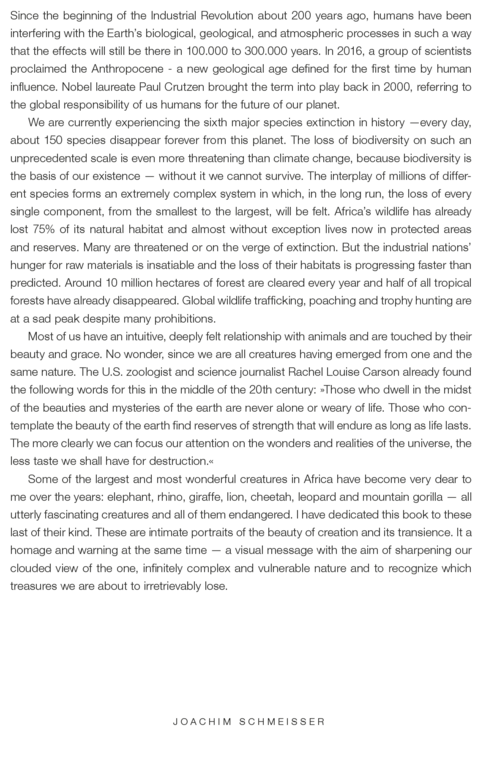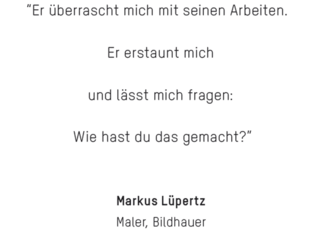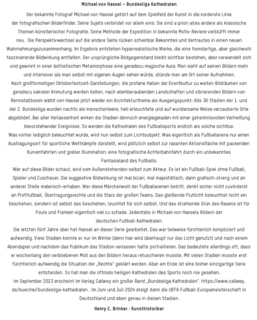
Since the beginning of the Industrial Revolution about 200 years ago, humans have been interfering with the Earth’s biological, geological, and atmospheric processes in such a way that the effects will still be there in 100.000 to 300.000 years. In 2016, a group of scientists proclaimed the Anthropocene - a new geo-logical age defined for the first time by human influence. Nobel laureate Paul Crutzen brought the term into play back in 2000, referring to the global responsibility of us humans for the future of our planet.
We are currently experiencing the sixth major species extinction in history — every day, about 150 species disappear forever from this planet. The loss of biodiversity on such an unprecedented scale is even more threatening than climate change, because biodiversity is the basis of our existence — without it we cannot survive. The interplay of millions of different species forms an extremely complex system in which, in the long run, the loss of every single component, from the smallest to the largest, will be felt. Africa’s wildlife has already lost 75% of its natural habitat and almost without exception lives now in protected areas and reserves. Many are threatened or on the verge of extinction. But the industrial nations’ hunger for raw materials is insatiable and the loss of their habitats is progressing faster than predicted. Around 10 million hectares of forest are cleared every year and half of all tropical forests have already disappeared. Global wildlife trafficking, poaching and trophy hunting are at a sad peak despite many prohibitions.
Most of us have an intuitive, deeply felt relationship with animals and are touched by their beauty and grace. No wonder, since we are all creatures having emerged from one and the same nature. The U.S. zoologist and science journalist Rachel Louise Carson already found the following words for this in the middle of the 20th century: »Those who dwell in the midst of the beauties and mysteries of the earth are never alone or weary of life. Those who contemplate the beauty of the earth find reserves of strength that will endure as long as life lasts. The more clearly we can focus our attention on the wonders and realities of the universe, the less taste we shall have for destruction.«
Some of the largest and most wonderful creatures in Africa have become very dear to me over the years: elephant, rhino, giraffe, lion, cheetah, leopard and mountain gorilla — all utterly fascinating creatures and all of them endangered. I have dedicated this book to these last of their kind. These are intimate portraits of the beauty of creation and its transience. It a homage and warning at the same time — a visual message with the aim of sharpening our clouded view of the one, infinitely complex and vulnerable nature and to recognize which treasures we are about to irretrievably lose.
Joachim Schmeisser




